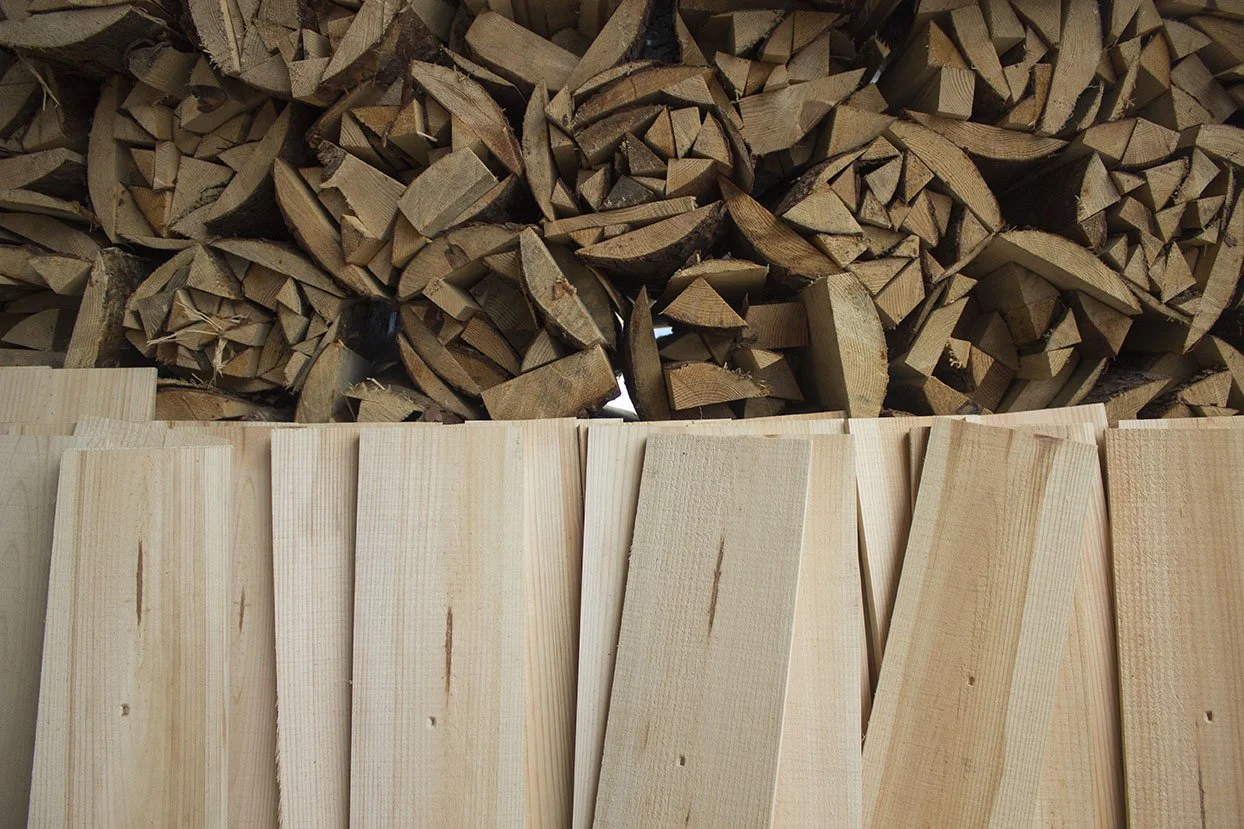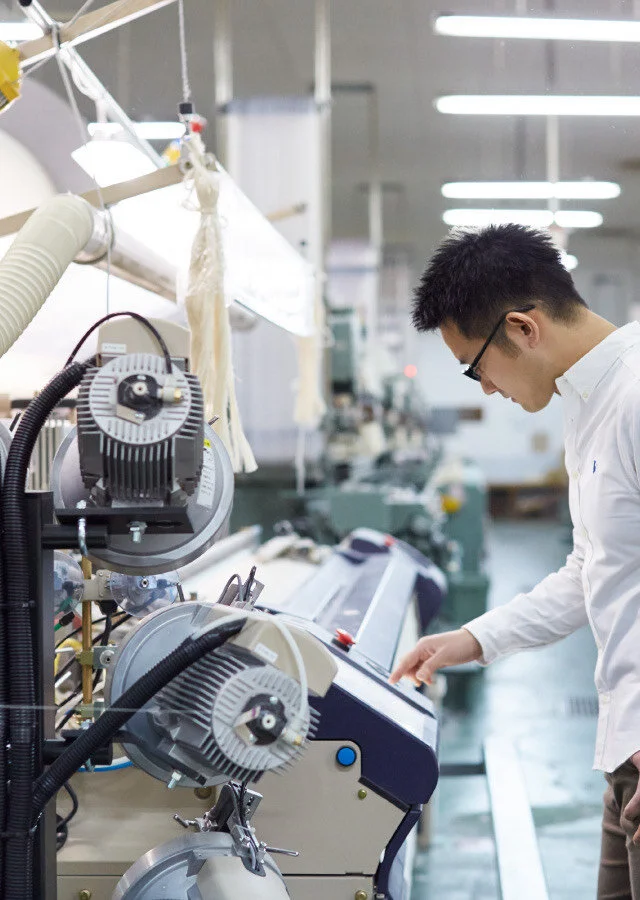If you’ve ever picked up one of our wooden Kizara memo pads, you probably know they’re very different from the legal pads you’re used to scribbling on. Unlike the usual notebooks, Kizara memo pads contain thin wooden pages shaved directly from blocks of sustainable Japanese pine. Known as kyougi, these traditional wooden sheets were once commonly used to wrap and preserve food in ancient Japan. By that fact alone, it’s become one of our most beloved products. But a Kizara memo pad is more than a cool memo pad; it’s a movement to reclaim the Japanese forest for future generations. Behind its simple design, there’s a long history of craftsmanship and sustainability.








